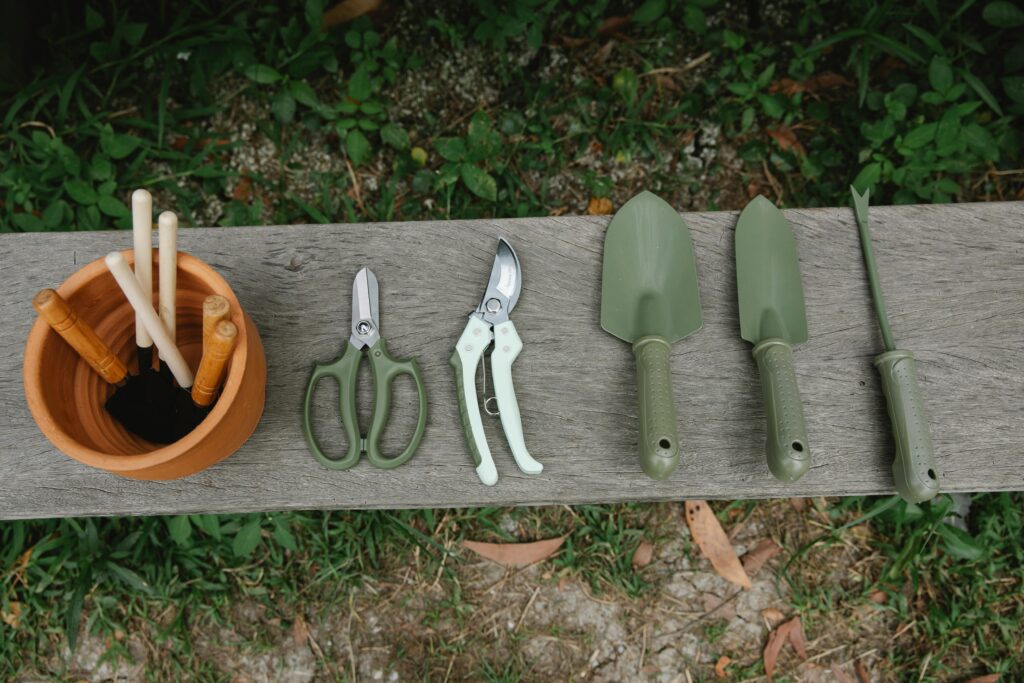As the days grow shorter and temperatures begin to drop, it’s time to start thinking about how to prepare your vegetable garden for winter. A little preparation now can ensure a healthier and more productive garden come spring. Here are ten essential steps to get your vegetable garden ready for the cold months ahead.
1. Clean Up Debris
Start by removing any dead plants, leaves, and debris from your garden. This helps prevent pests and diseases from overwintering in your garden beds. Compost healthy plant material, but discard any diseased plants to prevent spreading issues next season.
2. Soil Testing
Conduct a soil test to determine the nutrient levels and pH of your garden soil. This information will help you amend your soil with the necessary fertilizers and organic matter to improve its health over the winter and prepare it for spring planting.
3. Amend the Soil
Based on your soil test results, add organic matter like compost or well-rotted manure to enrich the soil. This will enhance soil structure, improve drainage, and provide essential nutrients for your plants when spring arrives.
4. Mulch Your Beds
Apply a layer of mulch over your garden beds to insulate the soil and protect it from temperature fluctuations. Organic mulches like straw, leaves, or wood chips not only retain moisture but also break down over time, adding nutrients back to the soil.
5. Plant Cover Crops
Consider planting cover crops, such as clover or rye, to help prevent soil erosion, improve soil health, and suppress weeds during the winter months. These crops can be tilled into the soil in the spring, enriching it with organic matter.
6. Protect Perennials
If you have perennial vegetables like asparagus or rhubarb, make sure to protect them. Cut back any dead foliage and apply a layer of mulch or straw around the base to insulate the roots and prevent frost heaving.
7. Bring in Container Plants
If you have vegetable plants in containers, move them to a sheltered area, such as a garage or a greenhouse, to protect them from harsh winter weather. Ensure they still receive adequate light, and check moisture levels regularly.
8. Store Tools Properly
Take the time to clean and store your gardening tools for the winter. Remove any soil, rust, or debris, and oil metal surfaces to prevent rust. This will ensure your tools are in good condition and ready to go when spring arrives.
9. Plan for Next Year
Winter is a great time to plan for your next gardening season. Take some time to reflect on what worked well in your garden and what didn’t. Research new vegetable varieties or techniques you want to try, and start sketching out your garden layout for next year.
10. Enjoy the Winter Garden
Finally, don’t forget to enjoy your garden in winter! While it may look dormant, there’s beauty in the quiet and stillness of a winter garden. Take walks, observe wildlife, and appreciate the changes in the landscape.
By taking these steps to prepare your vegetable garden for winter, you’ll set the stage for a successful gardening season in the spring. With a little care and attention, your garden can thrive year-round, making your hard work truly rewarding!

